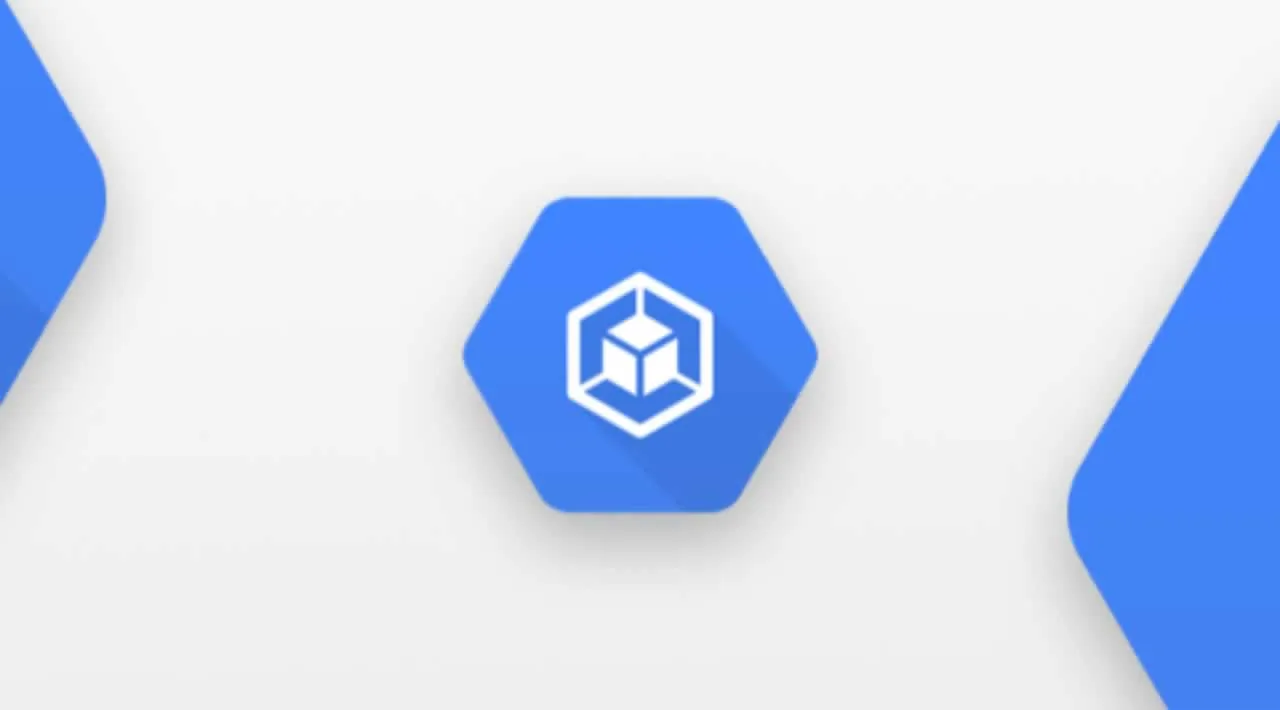Kubernetes or K8s plays a major role in DevOps and currently, most applications are likely to be deployed in a Kubernetes cluster. Before Docker introduced in 2013, Virtualisation played a huge role in the IT industry.
You could have certainly heard different tools such as Virtual Box, VM ware, etc and most probably you have already experienced them by today. But after the containers came into the picture, developers started containerising their applications because this technology gave them more feasibility solutions to go further.
Once Google introduced Kubernetes which is a powerful system to manage containerised applications in a clustered environment, the real change started to happen. Kubernetes is an open-source system which has its’ own architecture and compatible with different 3rd-party tools and adapters.
In a clustered environment, you would probably have several master and worker nodes and most of them could be either physical machines or a cloud environment. But, what if you need to test something in your local machine? it could be simple containerised application or might be a production-level application which needs to be tested before you deploy it. Anyhow, this doesn’t mean that you need to buy all the required physical machines or a cloud environment to test them out in a cluster.
Then, what could be your choice? Here’s Minikube comes into the picture.
#clustering #containers #minikube #docker #kubernetes
